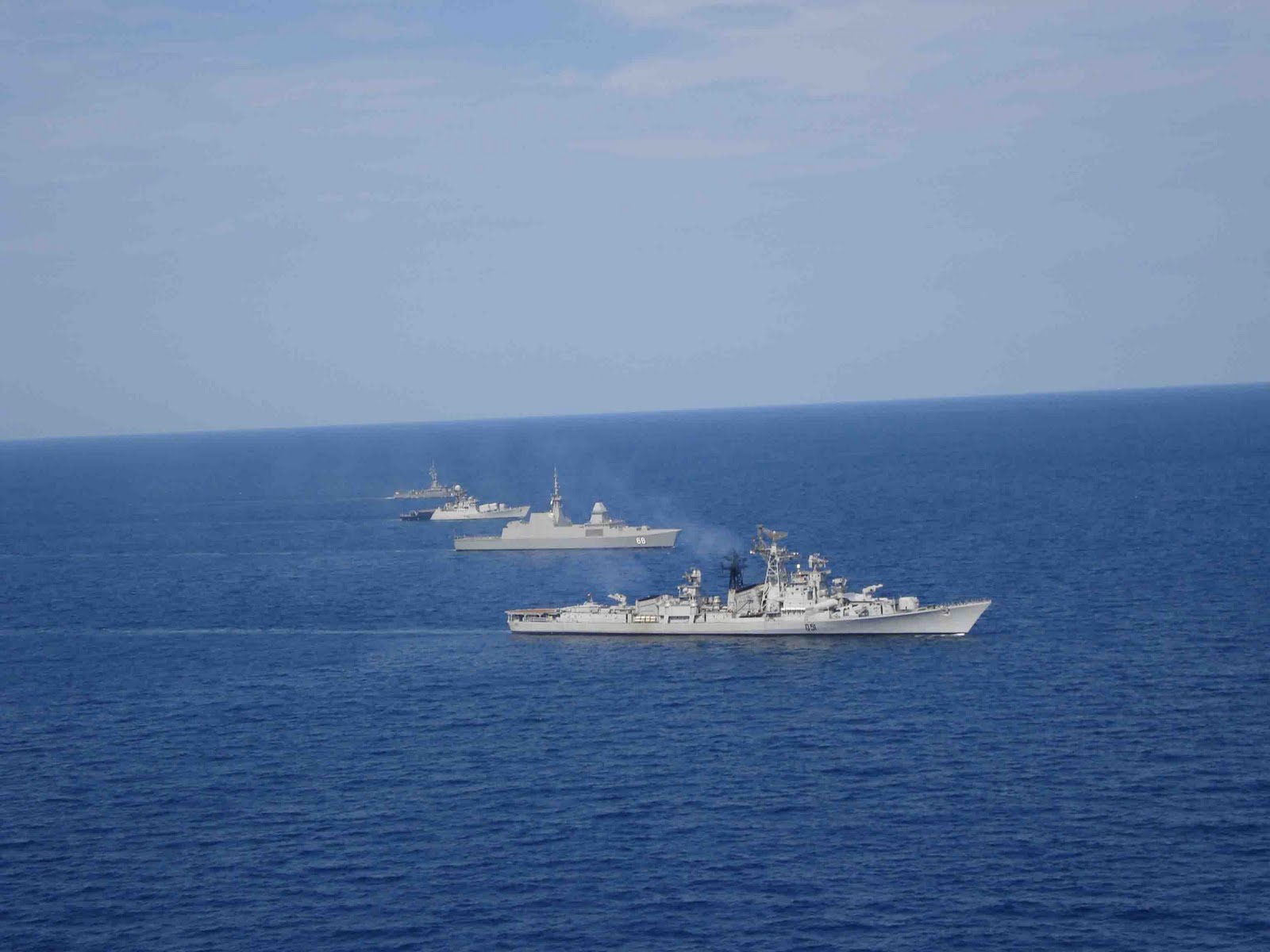Justin Joseph
SENIOR MEMBER

- Joined
- Mar 4, 2010
- Messages
- 2,216
- Reaction score
- 0
Garden Reach to double capacity at RBD
By Kumar Shankar Roy Mar 29 2010 , Kolkata
Tags: Garden Reach Shipbuilders & Engineers, Companies
Garden Reach Shipbuilders & Engineers (GRSE), a defence public sector undertaking, expects to double its ship building capacity at Raja Bagan Dockyard (RBD) at Kolkata by the next 12 months, said a top official on Monday.
The modernisation programme, estimated at over Rs 400 crore, will lead to significant productivity improvement, with more out-fitting at launching stage and effective connectivity-cum-integration of facilities. The modernisation plan is being jointly funded by GRSE and the ministry of defence. The exercise is expected to be complete by mid 2011. Post-modernisation, GRSE officials pointed out that the Raja Bagan Dock Yard can build six vessels (same type) simultaneously.
In July 2006, mini ratna GRSE acquired the Raja Bagan Dockyard (RBD) from Central Inland water Transport Corporation and is now in the process of undertaking modernisation programme which will facilitate modular construction technology, handling of 250 tons ship blocks and better IT infrastructure etc. This will cut down ship delivery time and lower building costs, said K C Sekhar, chairman and managing director (CMD), GRSE.
This financial year has been good for us. We have successfully delivered two waterjet fast attack crafts, 43 fast interceptor boats and 43 bailey bridges. Our value of production (VOP) is Rs 850 crore for 2009-10, highest achieved so far. Profit before tax stands at Rs 100 crore, said K C Sekhar (who is rear admiral) on the occasion of GRSE launching three Waterjet Fast Attack Crafts (WFAC) for Indian Navy. Last financial year, GRSE notched up a VOP of Rs 673 crore.
The three ships - launched with proposed names of INS Kabra, INS Koswari and INS Karuva - are the last of the WFAC series, which have efficient hullform design and can achieve speeds of over 35 knots (64.8 km/hour). These ships are best suited for shallow waters and that's why we are procuring them for our patrolling needs near the coasts. The three ships will be handed over to us in a phased manner by October 2010, said vice-admiral K N Sushil, the flag officer commanding-in-chief of the Southern Naval Command, Indian Navy.
Garden Reach to double capacity at RBD | mydigitalfc.com
By Kumar Shankar Roy Mar 29 2010 , Kolkata
Tags: Garden Reach Shipbuilders & Engineers, Companies
Garden Reach Shipbuilders & Engineers (GRSE), a defence public sector undertaking, expects to double its ship building capacity at Raja Bagan Dockyard (RBD) at Kolkata by the next 12 months, said a top official on Monday.
The modernisation programme, estimated at over Rs 400 crore, will lead to significant productivity improvement, with more out-fitting at launching stage and effective connectivity-cum-integration of facilities. The modernisation plan is being jointly funded by GRSE and the ministry of defence. The exercise is expected to be complete by mid 2011. Post-modernisation, GRSE officials pointed out that the Raja Bagan Dock Yard can build six vessels (same type) simultaneously.
In July 2006, mini ratna GRSE acquired the Raja Bagan Dockyard (RBD) from Central Inland water Transport Corporation and is now in the process of undertaking modernisation programme which will facilitate modular construction technology, handling of 250 tons ship blocks and better IT infrastructure etc. This will cut down ship delivery time and lower building costs, said K C Sekhar, chairman and managing director (CMD), GRSE.
This financial year has been good for us. We have successfully delivered two waterjet fast attack crafts, 43 fast interceptor boats and 43 bailey bridges. Our value of production (VOP) is Rs 850 crore for 2009-10, highest achieved so far. Profit before tax stands at Rs 100 crore, said K C Sekhar (who is rear admiral) on the occasion of GRSE launching three Waterjet Fast Attack Crafts (WFAC) for Indian Navy. Last financial year, GRSE notched up a VOP of Rs 673 crore.
The three ships - launched with proposed names of INS Kabra, INS Koswari and INS Karuva - are the last of the WFAC series, which have efficient hullform design and can achieve speeds of over 35 knots (64.8 km/hour). These ships are best suited for shallow waters and that's why we are procuring them for our patrolling needs near the coasts. The three ships will be handed over to us in a phased manner by October 2010, said vice-admiral K N Sushil, the flag officer commanding-in-chief of the Southern Naval Command, Indian Navy.
Garden Reach to double capacity at RBD | mydigitalfc.com












